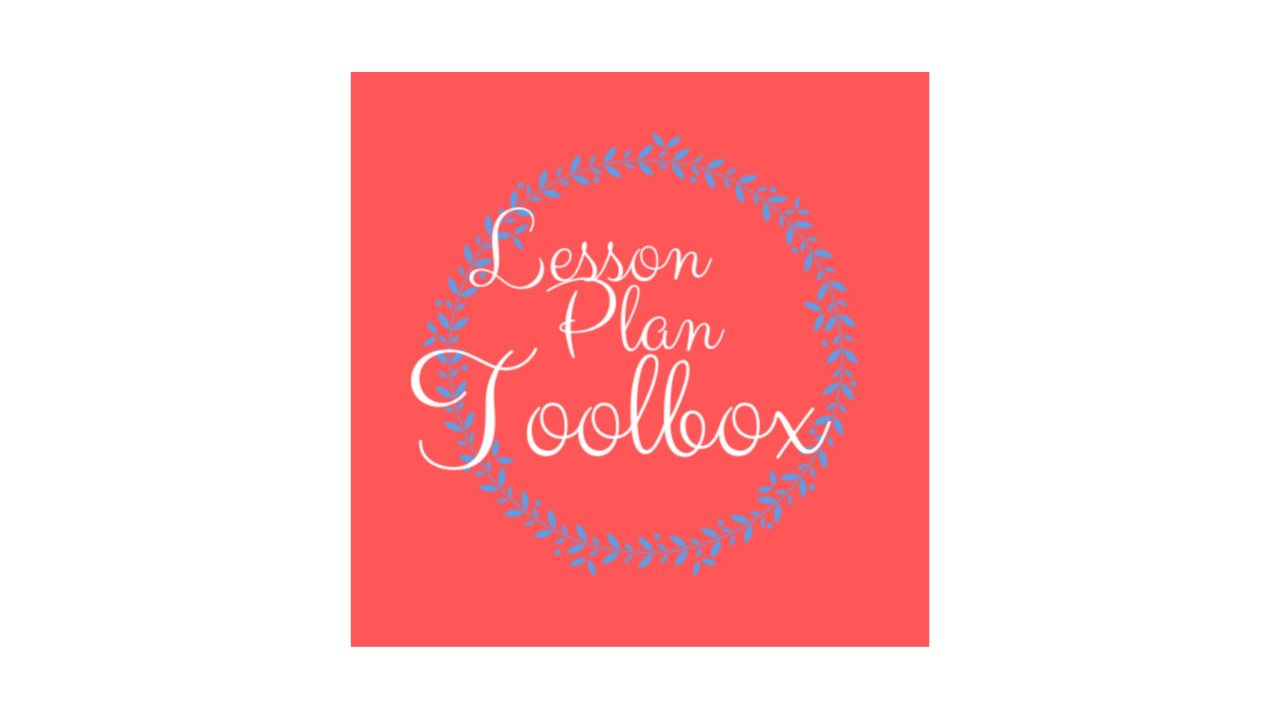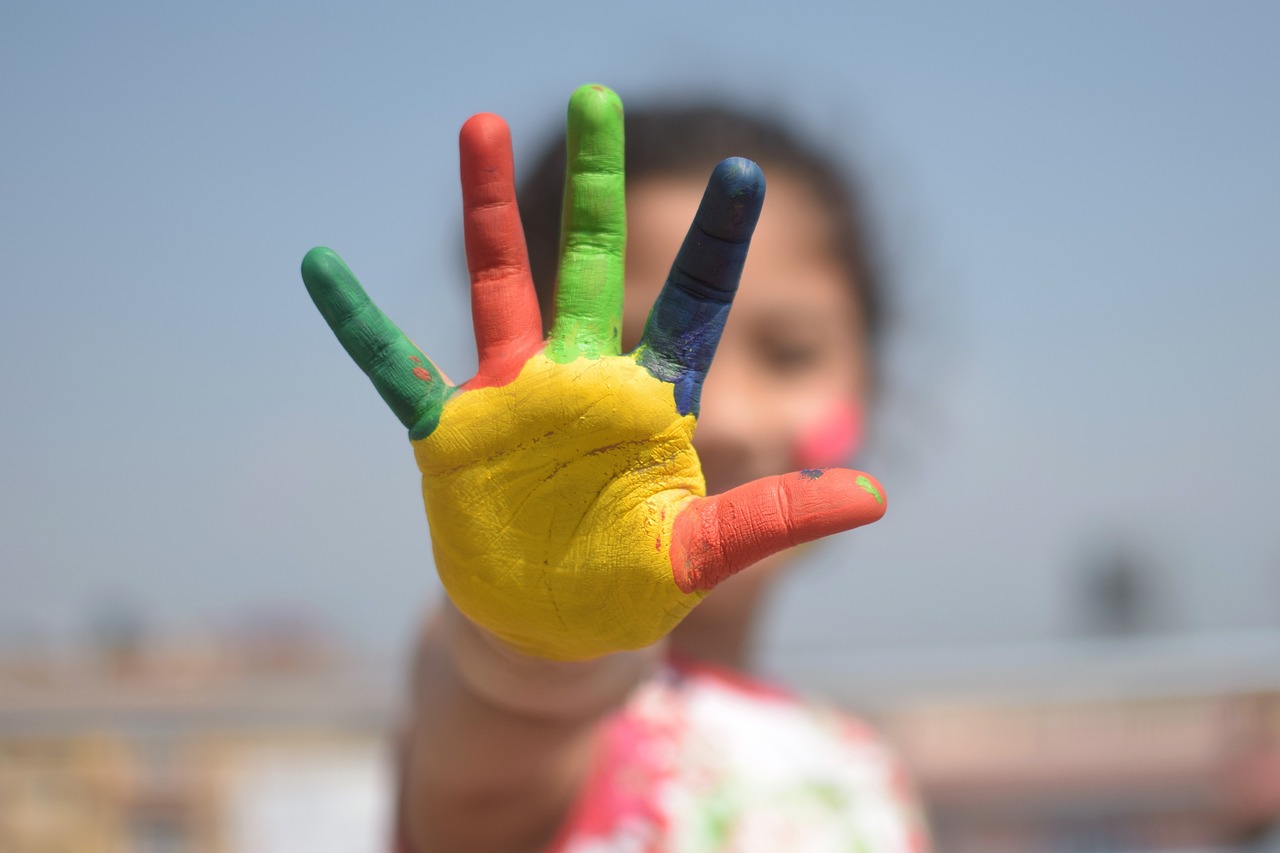
The Science of Movement: How It Helps Students Stay Calm, Focused, and Ready to Learn
Click here to watch the YOUTUBE version of this post.
Welcome to our yearlong series on Classroom Management by Design for Primary Teachers. Each week we will give you a new piece to the classroom management puzzle to have in place when you need it this school year. Think of it as a Lego kit just waiting to be built.
Classroom Management by Design for Primary Teachers: The Science of Movement: How It Helps Students Stay Calm, Focused, and Ready to Learn
Introduction:
As a primary teacher, you’ve likely noticed that your students thrive when they have opportunities to move. But did you know there’s solid science behind why movement helps students not only behave better but also regulate their emotions and focus on learning?
In this post, we’ll explore the fascinating connection between movement and emotional regulation, how physical activity affects the brain, and why integrating movement into your classroom is a proactive way to improve behavior. By the end, you’ll have actionable strategies to help your students stay calm, focused, and ready to learn.
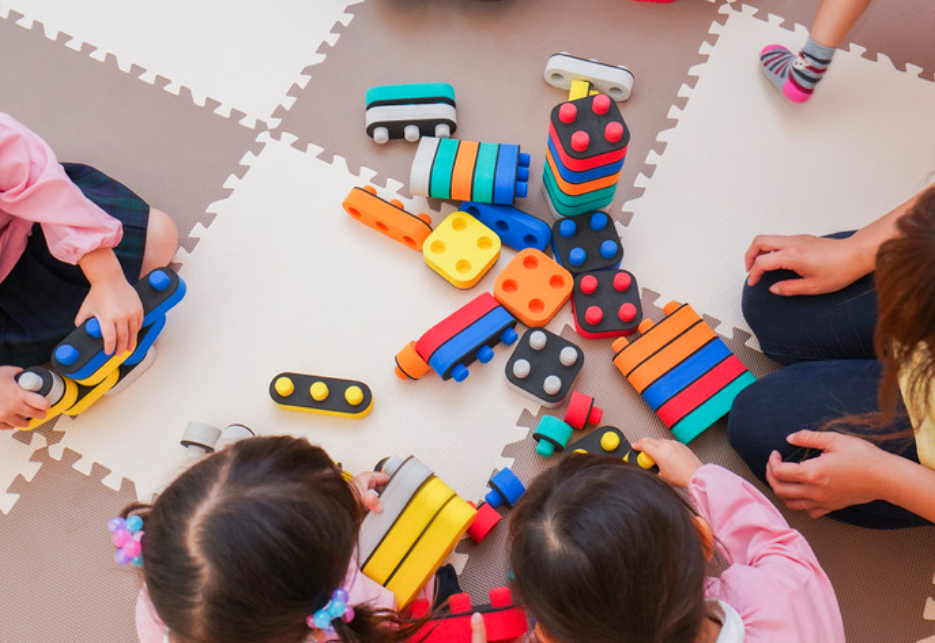
The Brain-Body Connection: How Movement Affects the Mind
Movement does more than burn off energy; it’s a key factor in brain development and function. Here’s how:
Boosting the Prefrontal Cortex: Physical activity stimulates the prefrontal cortex, the area of the brain responsible for focus, decision-making, and self-regulation. When students move, they activate this part of their brain, making them better equipped to manage their emotions and impulses.
Regulating the Amygdala: The amygdala is the brain’s emotional processing center. Movement helps reduce amygdala activity, which lowers stress and anxiety levels in students.
Releasing Neurotransmitters: Exercise increases the release of dopamine, serotonin, and endorphins—chemicals that improve mood and focus. These neurotransmitters create a sense of well-being, helping students stay calm and engaged.
Research from the University of Illinois found that students who engaged in 20 minutes of physical activity before a lesson performed better on tests of attention and memory compared to their peers who were sedentary. This highlights how critical movement is for cognitive and emotional readiness.
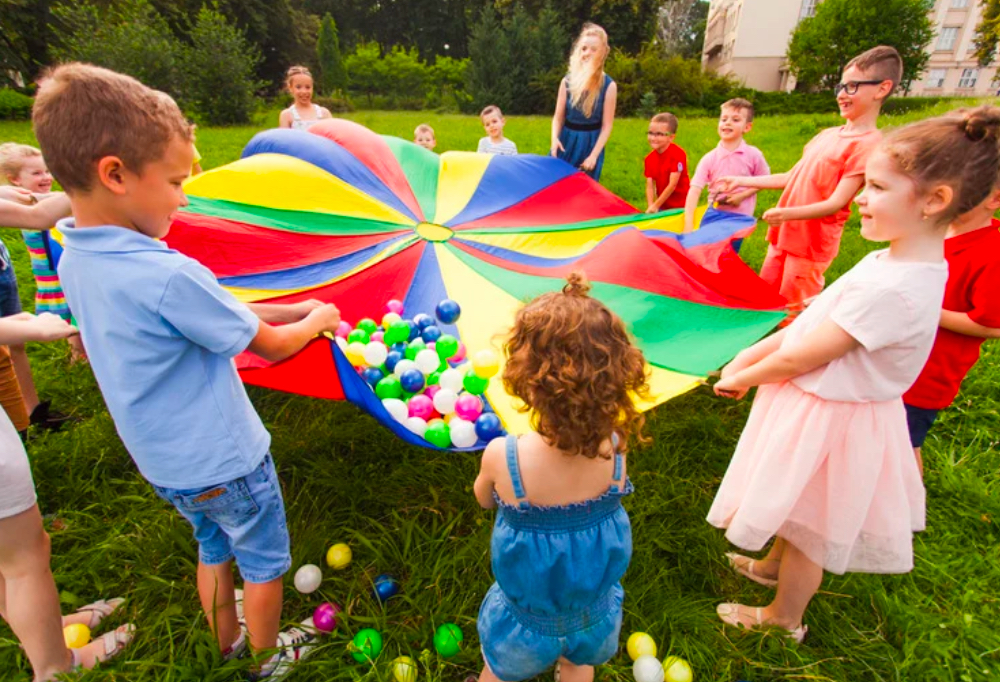
Movement for Emotional Regulation
Emotional regulation is one of the most important skills primary students need to develop, and movement can be a powerful tool to support this process. Here are some activities that help students manage their emotions:
Calming Walks: If students are upset or overstimulated, a short walk around the classroom or school hallway can help them reset. Walking provides rhythmic, soothing motion that reduces stress.
Tension Release: Encourage students to tense their muscles for five seconds and then release them. This progressive relaxation technique calms the nervous system.
Breathing with Movement: Pair deep breathing with slow stretches, such as reaching for the sky or touching toes. This combines the calming effects of breathwork with the physical release of movement.
"Emotion Dance": Let students express their feelings through dance. For example, they can stomp their feet to release frustration or sway gently to mimic calmness.
By integrating these strategies, you’re teaching students how to recognize and regulate their emotions while keeping their bodies active.
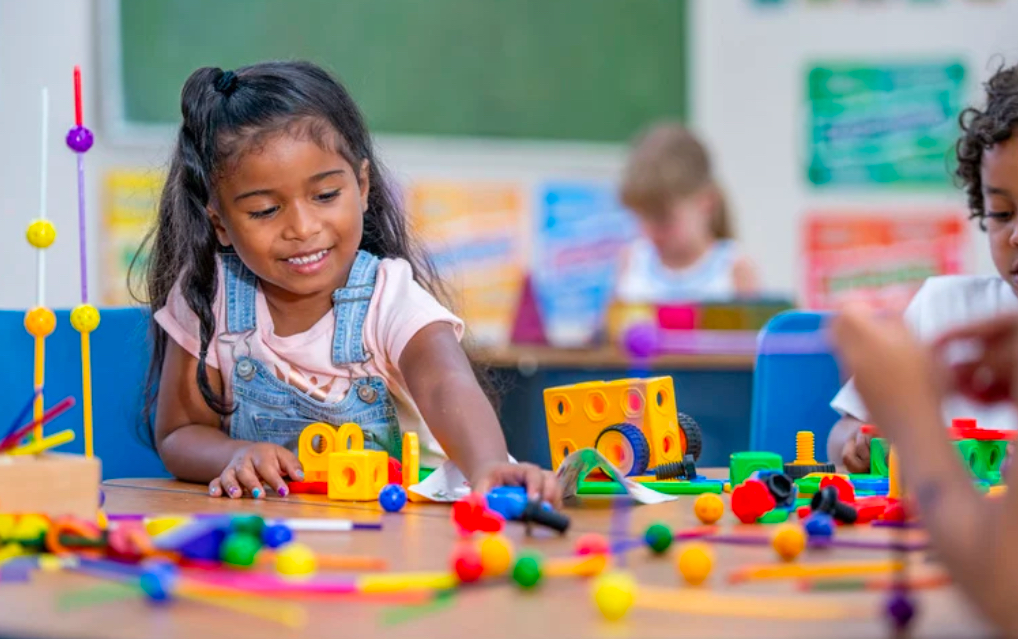
Focus-Boosting Movement Strategies
Movement can also enhance focus and concentration, which are essential for academic success. Here are some brain-based strategies:
Cross-Body Exercises: Activities that cross the midline of the body (e.g., touching the right elbow to the left knee) activate both hemispheres of the brain, improving coordination and attention.
Movement Patterns: Clap, stomp, or jump in patterns, then challenge students to replicate them. This boosts working memory and concentration.
Balance Activities: Have students balance on one foot or walk along a taped line on the floor. These exercises require focus and help students practice self-discipline.
Micro-Movements: For seated tasks, encourage small, repetitive movements like fidgeting with a stress ball or bouncing lightly on a wobble cushion. These can help restless students channel energy while staying focused.
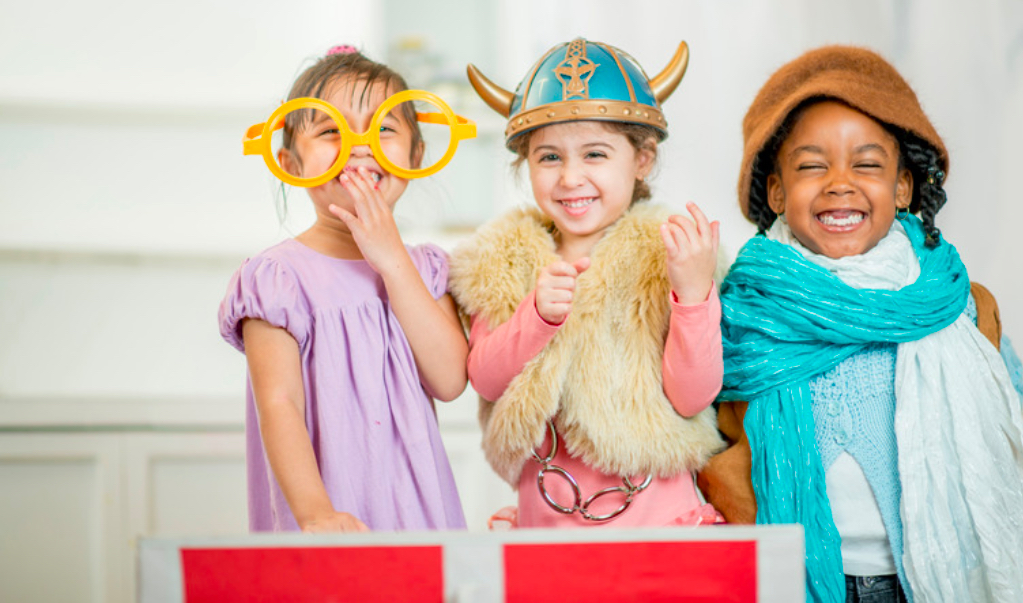
Classroom Applications: Movement for Behavior and Transitions
Integrating movement into your classroom routine doesn’t have to be disruptive. In fact, it can become a natural part of your behavior management strategy.
Transition Activities: Use movement to make transitions smoother. For example, ask students to hop, march, or tiptoe to the next activity instead of walking.
Post-Recess Resets: After recess, lead a quick stretching session or deep-breathing exercise to help students shift gears from playtime to learning mode.
Movement Stations: Set up learning stations where students complete tasks that involve movement, such as hopping to solve math problems or walking in place while reading sight words.
Interactive Lessons: Incorporate kinesthetic learning by using hand motions to represent concepts, acting out vocabulary words, or creating movement-based games for review sessions.
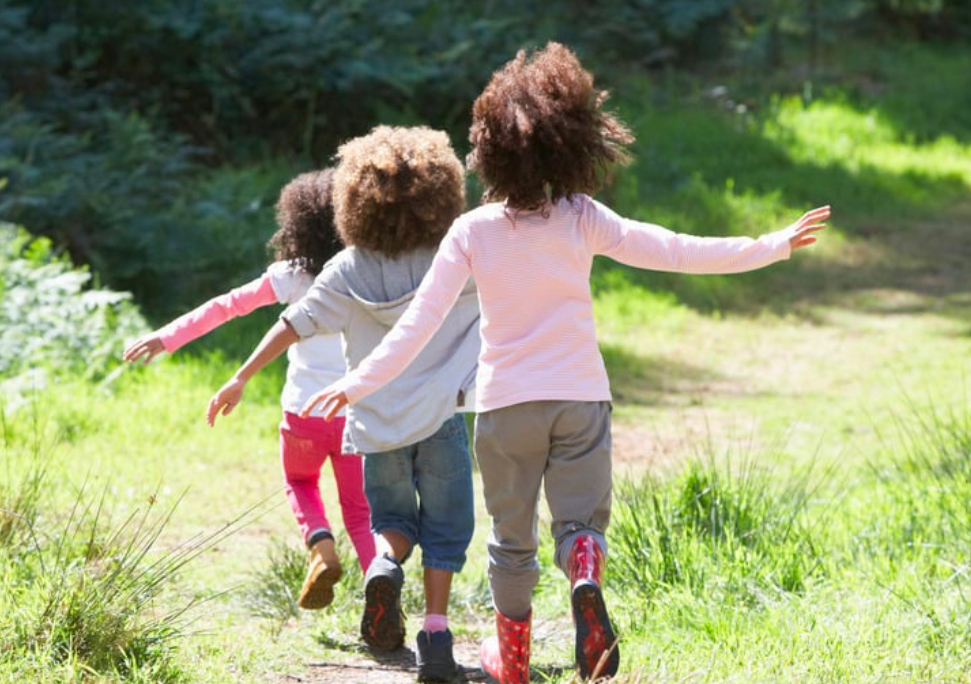
Teacher Tips: Setting Expectations for Movement Activities
While movement can transform your classroom, it’s important to set clear expectations to keep activities structured and effective. Here’s how:
Establish Ground Rules: Teach students how to transition in and out of movement activities. For example, use a specific signal, like a bell or clap pattern, to regain their attention.
Plan for Space: Ensure that movement activities are safe and fit within your classroom’s layout. Consider moving desks aside or using outdoor areas when possible.
Consistency is Key: Regularly schedule movement breaks or activities so students know what to expect. Consistency reduces the risk of overstimulation and keeps students engaged.
Observe and Adapt: Watch how students respond to different activities. Some may need calming movements, while others benefit more from energizing actions.
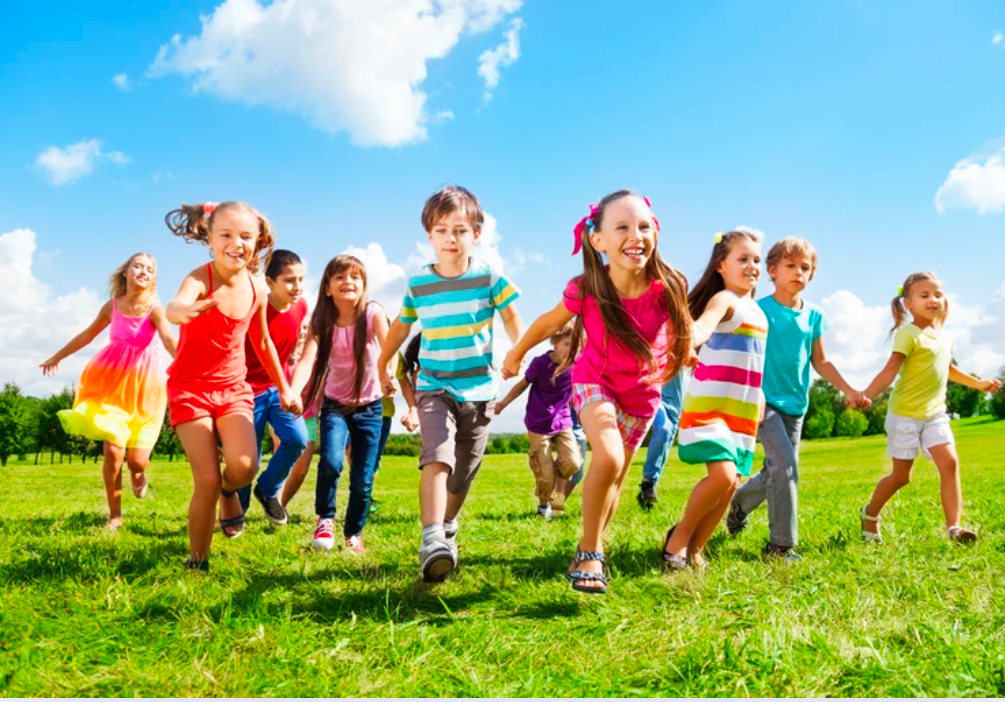
The Long-Term Benefits of Movement in the Classroom
When you incorporate movement into your classroom, you’re not just improving behavior in the moment—you’re setting your students up for long-term success. Movement helps build:
Self-Regulation Skills: Students learn how to manage their emotions and energy levels.
Focus and Attention: Regular movement improves the brain’s ability to concentrate on tasks.
Physical Health: Movement reduces the risk of obesity and other health issues, creating happier and healthier learners.
Social Skills: Group activities that involve movement foster collaboration and communication.
The science is clear: Movement is a vital part of learning and development, especially for young children. By prioritizing physical activity in your classroom, you’re not only enhancing academic outcomes but also nurturing emotional and social growth.
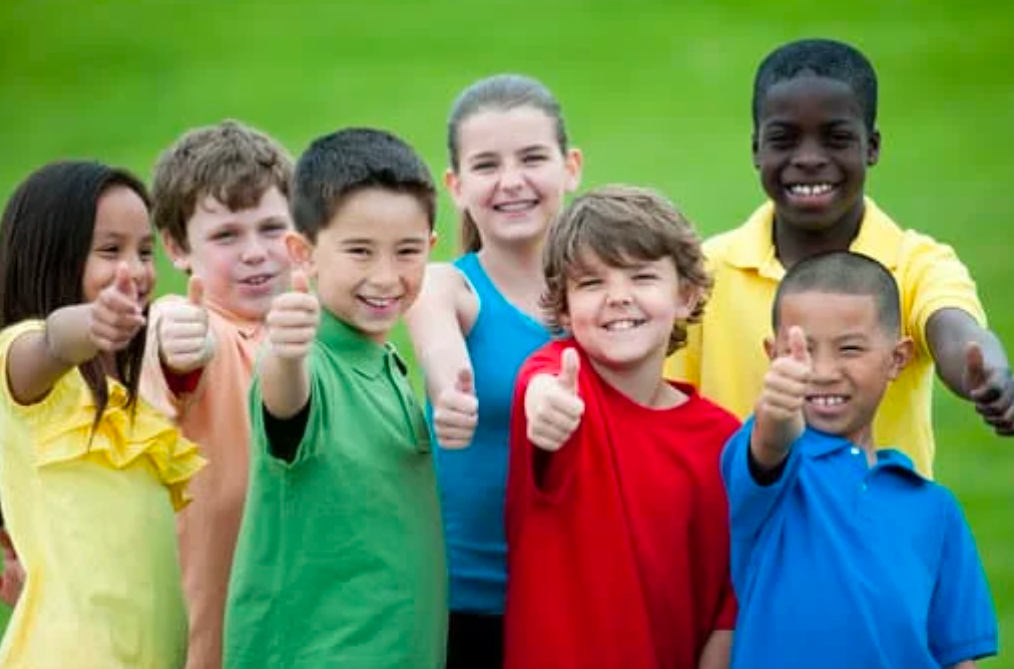
The Takeaway:
Movement isn’t just a break from learning; it’s an essential component of creating a well-managed, focused, and emotionally balanced classroom. By understanding the science behind movement and implementing strategies that support emotional regulation and focus, you’ll see remarkable improvements in your students’ behavior and engagement.
So, take the next step! Start small with a calming walk or a few cross-body exercises, and gradually integrate movement into your daily routine. Your students’ minds and bodies will thank you, and your classroom will become a more dynamic and joyful place to learn.
You're INVITED!
Do you believe that movement in the classroom can improve your classroom management?
Give us 5 days and we will show you exactly how this works. (Best of all, it's FREE!)
Date: Jan. 27 - Jan. 31
Time: Time will vary because let's face it we're teachers and who knows what will pop up. Recordings will be sent out:)
Take 30 seconds to register now: Movement to Mastery Challenge
Here is a brief video introducing the 4 basic moves that all of the other movements will stem from:
Click here: Movement to Mastery Intro Video
DID YOU KNOW…
Did you know I organize a FREE Facebook Group for Mastering Classroom Management? We are gearing up for our school year quarter sessions, so if you’re looking for a simple way to improve your classroom management join the already 200+ teachers that have signed up: Mastering Classroom Management Facebook Group
Your ebook GIFT: Empowering Primary Teachers: Effectively Manage Disruptive and Violent Behaviors in the Classroom
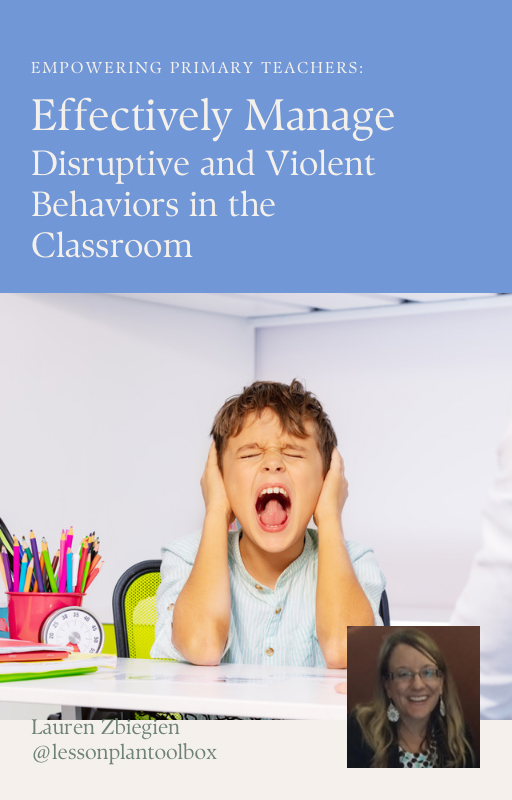
FINALLY…
If you enjoyed the tips in this post, you might also enjoy this series of videos Classroom Management by Design for Primary Teachers:
Why Incorporating Movement Into the School Day Improves Classroom Management
The Importance of Identifying Gifts and Talents in Each Student
Back to Basics: Teaching Expectations and Routines in January
Staying Organized as a Primary Teacher in January
Making Your Teacher Dollar Stretch This Holiday Season
Don’t forget to follow us over on Instagram!
Teach~Relax~Repeat
Lauren
